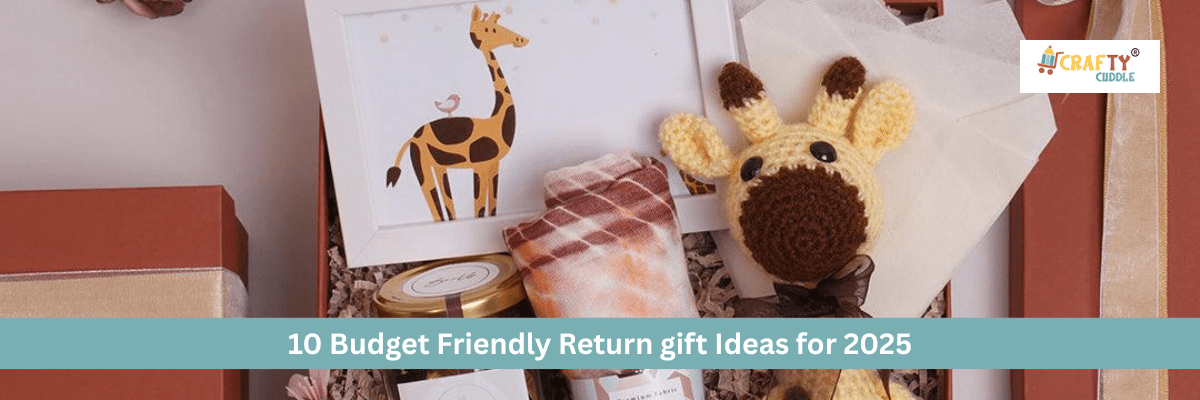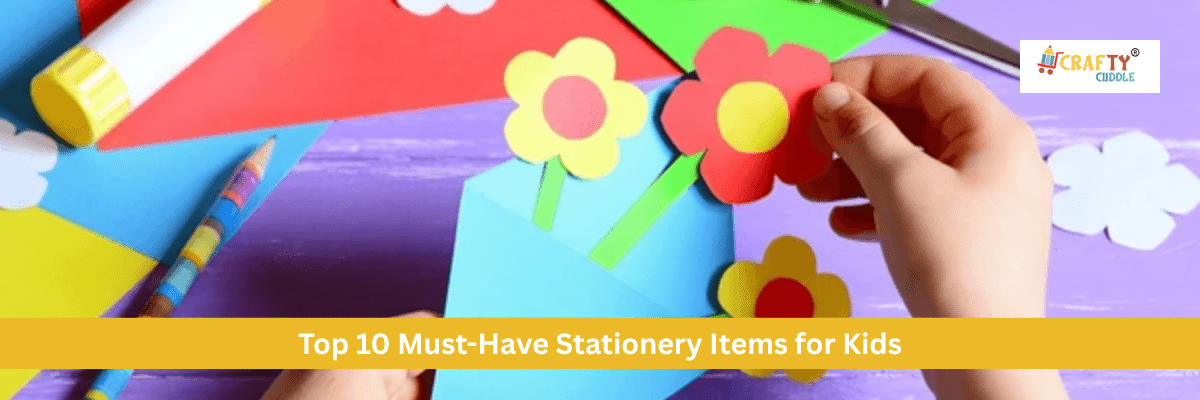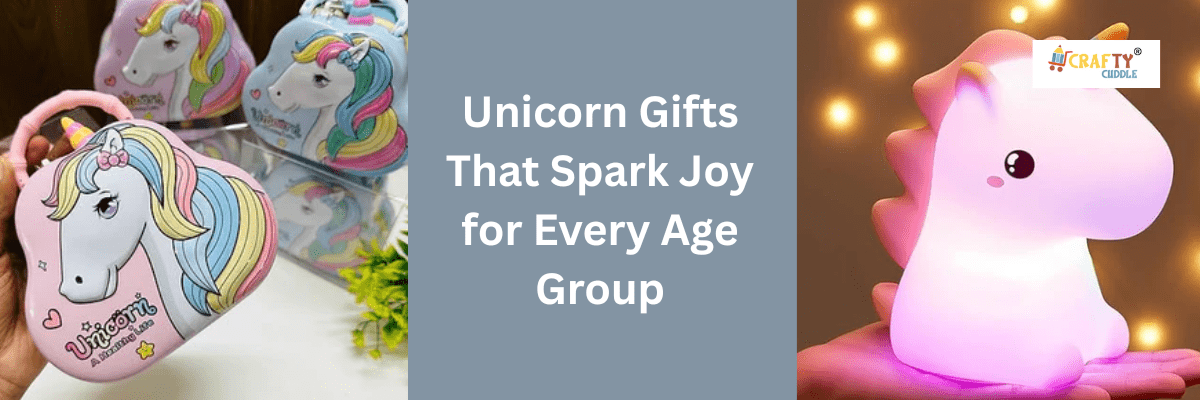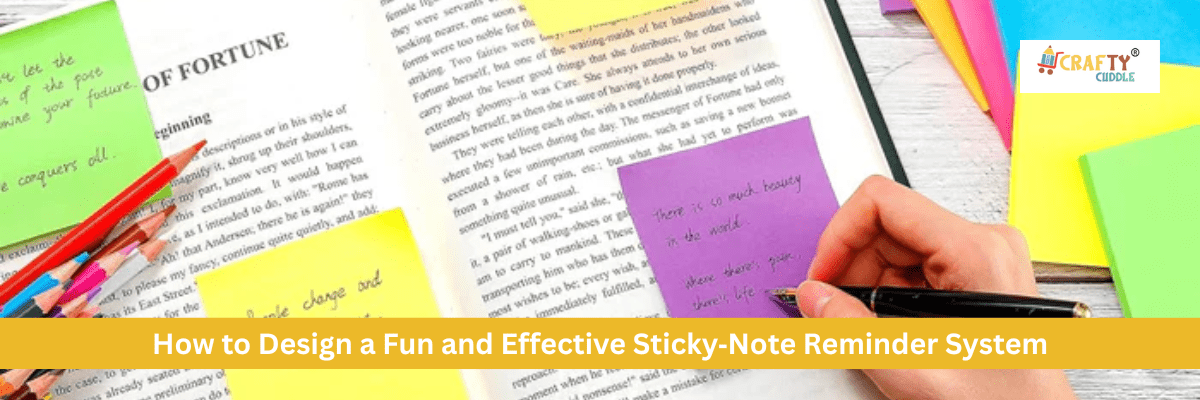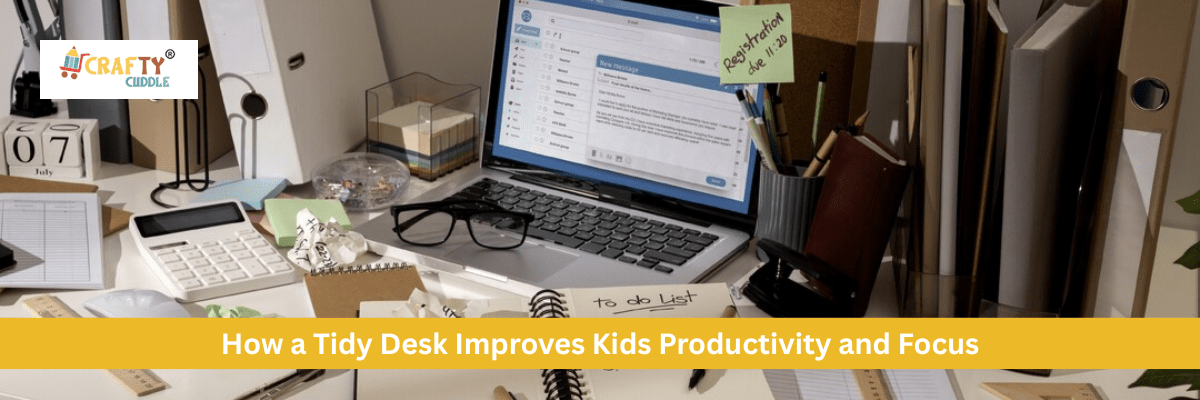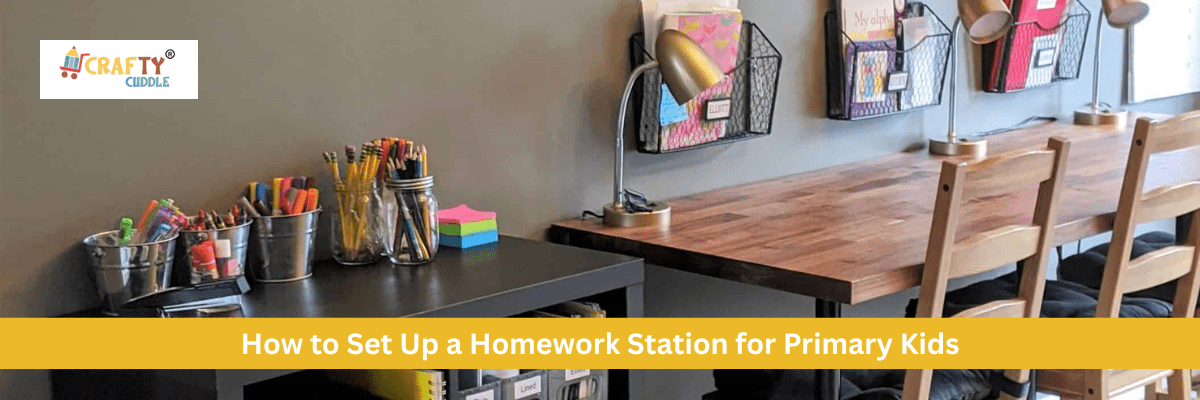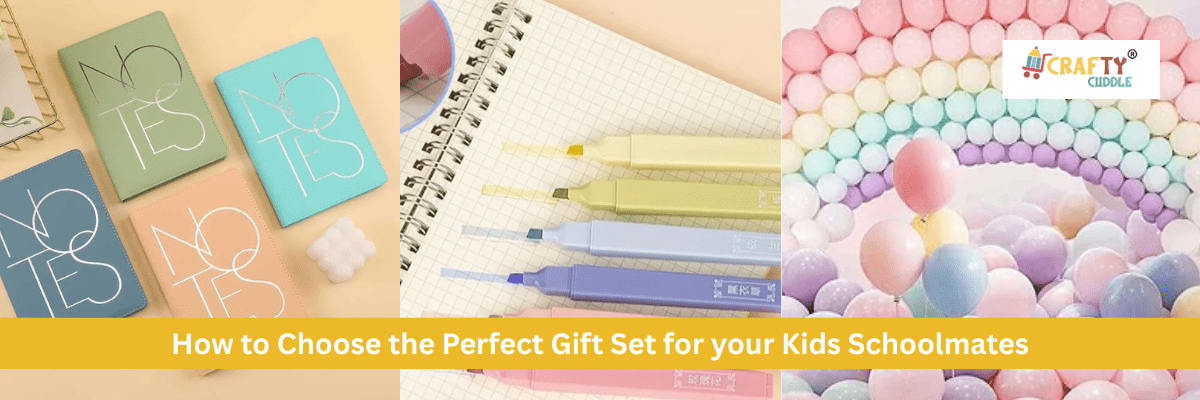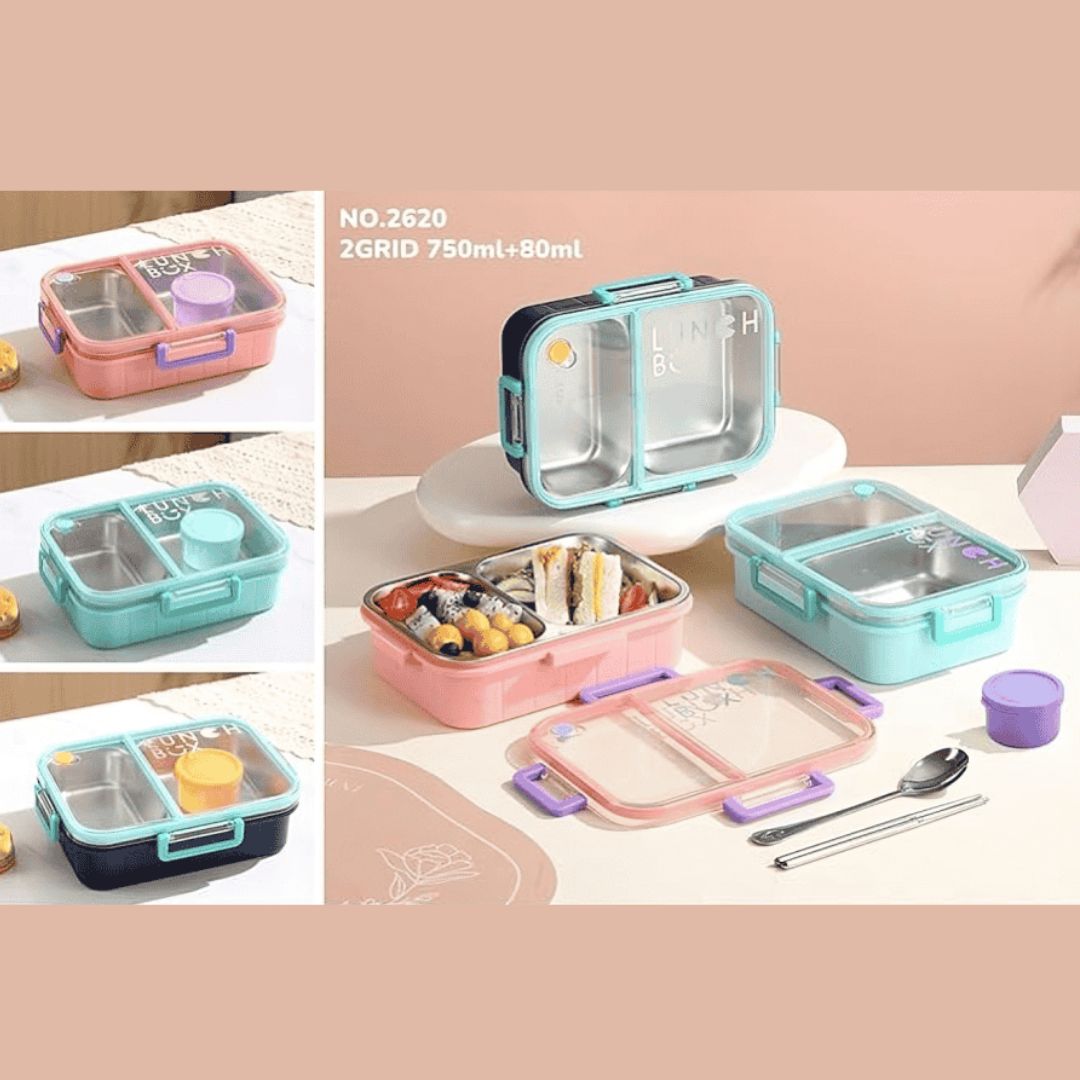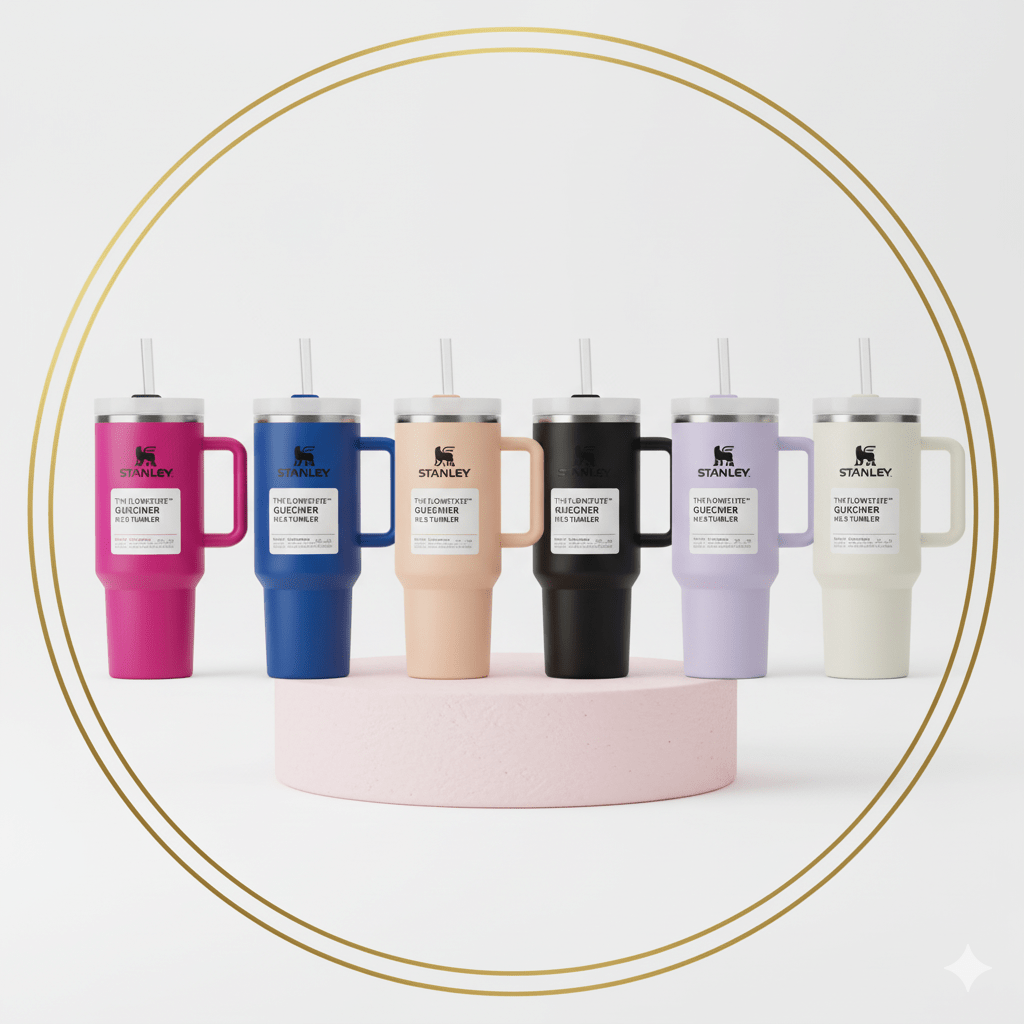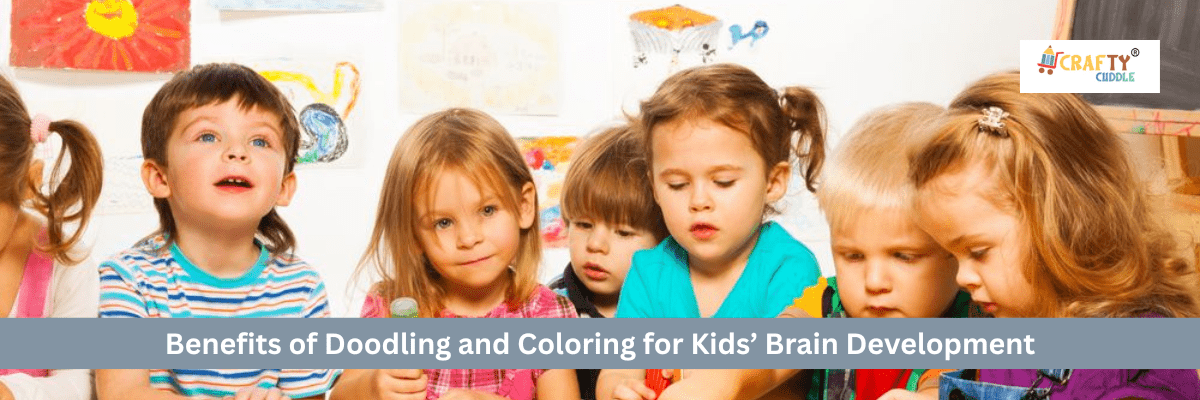
Benefits of Doodling and Coloring for Kids Brain Development
Children are developing their cognitive abilities in addition to having fun when they pick up a crayon or colored pencil and start drawing or filling in coloring pages. Doodling and coloring remain one of the most efficient, entertaining, and developmentally beneficial activities for kids in a world full of electronic distractions.
Let's examine the amazing advantages that coloring and doodling have for a child's brain development, from cognitive development to emotional control and creativity.
1. Improves Hand-Eye Coordination and Fine Motor Skills
One of the most immediate benefits of coloring and doodling is the improvement of fine motor skills. Children must strengthen their grip and control by using their finger muscles precisely when holding a crayon, marker, or colored pencil.
How is it beneficial?
- Enhances the ability to write by hand.
- Improves the control required for using utensils, tying shoes, and buttoning clothing.
- Promotes bilateral coordination, or the efficient use of both hands together.

2. Improves Concentration and Focus
Children naturally focus on choosing colors, staying inside the lines, and finishing their artwork when coloring. Even toddlers who receive this constant attention develop longer attention spans.
How is it beneficial?
- A mild introduction to mindfulness is provided.
- Aids in future test-taking and classroom focus.
- Teaches patience and perseverance.

4. Enhances Emotional Capabilities
When children color, they often reflect their current mood. Bright colors may signal happiness, while darker shades or erratic lines may suggest frustration or sadness.
How is it beneficial?
- Helps them communicate their emotions without using words.
- Lessens tension and anxiety, particularly in times of change or adversity.
- Gives one a feeling of mastery and achievement.

5. Encourages Concepts of Early Learning
Basic educational concepts can be reinforced through coloring pages and doodling exercises.
A few instances are:
- Sizes and shapes (learning to tell triangles, squares, and circles apart).
- Recognizing and naming colors is known as color recognition.
- Familiarity with the alphabet and numbers (color-by-number or letter exercises).
- The activity incorporates these ideas in an enjoyable, relaxed manner.

6. Fosters the Development of Organizational and Planning Skills
Children start to use their executive functioning—a collection of mental skills that includes organizing, planning, and finishing tasks—when they decide what to draw or how to color a picture.
Long-term advantages:
- Enhances academic achievement and preparedness for school.
- Enhances logical reasoning and problem-solving skills.
- Aids in time management and multi-step instructions.

7. Enhances Retention and Memory
It has been demonstrated that doodling improves memory. People who doodle while listening retain more information than those who don't, per Applied Cognitive Psychology research.
For kids:
- Drawing in class or during story time can improve memory recall.
- Concept retention can be improved by linking colors to concepts.
8. Promotes Calm and Cuts Down on Screen Time
In today’s screen-saturated environment, coloring offers a perfect analog break. It gives the brain a chance to relax and recover from overstimulation.
The advantages of disconnecting from color:
- Enhances the quality of sleep.
- Reduces stress hormones like cortisol.
-
Encourages creativity without depending on electronic stimulation.

9. Fosters Self-Belief and a Feeling of Success
Kids feel a real sense of accomplishment when they finish a coloring page or drawing. Their pride in their artwork boosts their self-esteem and motivates them to take on new challenges.
Celebrate progress:
- Put their artwork on the wall or refrigerator.
- Make coloring time a part of your everyday schedule.
- Provide both free and guided doodling pages.

10. Promotes Communication and Social Interaction
Coloring doesn't have to be done by children alone. Children are encouraged to communicate and work together through group drawing sessions or cooperative art projects.
Collaborative coloring can:
- Boost turn-taking and sharing.
- Start a discussion about your favorite colors or tales.
- Develop empathy and teamwork.

Bonus Tip: Tell Stories While Doodling
Make doodles into opportunities for storytelling. Ask your child to tell a story or explain their picture.
This supports:
- Verbal growth.
- Comprehension of narrative structure.
- Expression of emotion.
Including Coloring and Doodling in Everyday Activities
Here are some useful pointers for educators and parents:
- Stock a coloring corner with printable pages, sketchbooks, and crayons.
- Make use of coloring books with themes that children enjoy, such as space, animals, and fairy tales.
- Encourage people to scribble while on the phone, waiting a long time, or traveling.
- Avoid fixing "mistakes," and instead allow your creativity to flow.
- Honor the efforts rather than perfection.
The Fun of Brain-Boosting Activities with Crafty Cuddle
Learning should be joyful, imaginative, and colorful, in our opinion at Crafty Cuddle. Because of this, our collections are made to encourage children's growth while igniting their creativity.
From custom sketchpads to coloring kits and adorable sticker books, each item is carefully chosen to foster a child's innate curiosity and development.
Check out our selection of art supplies and stationery that will help your children’s brain.
Final Thought
Coloring and doodling are not only enjoyable hobbies; they are essential for academic progress, emotional health, and brain development. Don't worry, whether your child is coloring a unicorn or scrawling on a napkin, they are developing lifelong skills.
Thus, the next time your child grabs a crayon, smile and allow them to color their way to a more intelligent and self-assured future.

